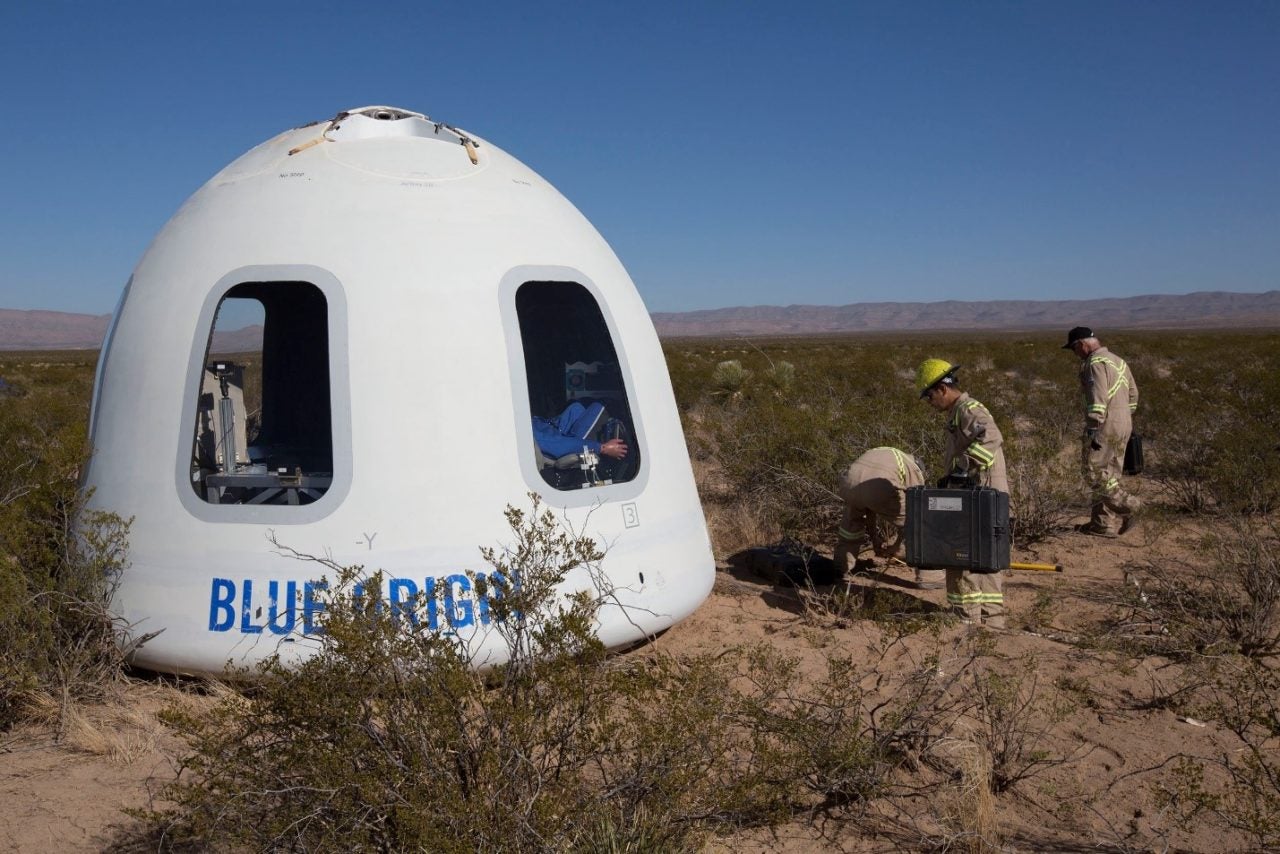Latest News

Blue Origin’s Crew Capsule 2.0. Photo: Blue Origin.
Blue Origin announced that its New Shepard vehicle flew again for the seventh time on Dec. 12. Known as Mission 7 (M7), the flight featured the company’s next-generation booster and the first flight of Crew Capsule 2.0.
While Blue Origin’s primary objective was to progress testing this new system for human spaceflight, it also sent 12 commercial, research and education payloads under full Federal Aviation Administration (FAA) license for the first time. According to Blue Origin, payloads flying on New Shepard completed important science and research onboard the 11-minute flight to space and back. During this flight, customers get approximately three minutes in a microgravity environment, at an apogee around 100 kilometers, making New Shepard ideal for microgravity physics, gravitational biology, technology demonstrations, and educational programs.
The combination of high altitude and low-gravity exposure provides an environment for payloads ranging from basic and applied microgravity sciences to Earth and space science. The rapid timelines and low costs of flight are also increasingly attracting educators and students of all ages, Blue Origin stated.
One payload aboard M7 focused on studying the effect of microgravity exposure on the expression of genes that play a role in tumor growth. Researchers seeded two modified flasks with osteosarcoma cells. Syringes containing RNAlater for cell fixation were attached to each flask and their contents were deployed just before the onset of microgravity (in the case of the experimental control flask) and just after its completion (in the case of the experimental test flask). Now that the mission is complete, the samples will be analyzed via Reverse Transcription-Polymerase Chain Reaction (RT-PCR) to determine how the expression of the genes has changed.
Stay connected and get ahead with the leading source of industry intel!
Subscribe Now